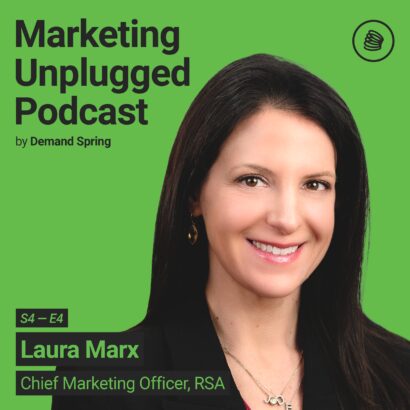Before any email campaign can be read by a customer, it must be successfully delivered to their inbox. As fundamental as this sounds, there are some specific protocols and practical suggestions we’d like to share with you to help you stay one step ahead of the game to ensure your message gets through. In this post, you’ll learn how to become a trusted sender, to avoid being caught in email filters, and how a simple thing like bounces can impact the deliverability of your email campaign.
How to Become a Trusted Sender
Relationships between people are built on trust, and it’s no different when it comes to email marketing-based relationships. You can start by having permission-based subscription best practices in place to aid in successful deliverability, but it’s only half the story. The other half lies with your relationship with Internet Service Providers (ISPs). Known in the industry as ‘whitelisting’, emails originating from trusted domains are instantly recognized as legitimate, non-spammy email by ISPs, who immediately pass the email along to your intended recipient. As it can be difficult for ISPs to cover all of the spam bases all the time, there are times when legitimate permission-based email campaigns can fail to reach their target. In such cases, you’ll need to ask your subscribers to add your ‘From’ address to their personal address book and to their email client’s trusted sender list. Also, you may also need to ask them to contact their IT person or ISP to have your emails unblocked.
Finding Your Way Through Email Filters
Your next email campaign contains what you believe is a “can’t miss offer”, the kind your subscribers love to take instant action on and share with their friends — or so you think. As attractive as your offer might be, your subscribers may never get to read it if your email content doesn’t play nice with filters. Here are three quick tips to make sure your email campaign gets through:
- Keep it clean. Avoid using words that raise email filter spam flags such as ‘free’, ‘help’, ‘invite’, ‘sex’, or ‘guarantee’. Avoid styling your body text in red, and never use ALL CAPS, excessive punctuation (!!!) or symbols ($%#) to get your point across in either the subject line or the email copy. Don’t ask subscribers to ‘click here’ to take action. Instead, embed your link in relevant content.
- Stay on topic. Your subject line sets reader expectations, so make sure it matches the content and matches the offer contained within the body of your email campaign. For subscribers, there’s nothing worse than mysterious emails that come with no subject line, or one that employs a bait and switch tactic. Fortunately for the reader, email filters know these tactics are illegal, making it likely that a poorly labeled email wouldn’t make it as far as the inbox anyway.
- Be polite. You would never greet someone without first introducing yourself, right? Same goes for email. Further to that, even though your subscribers have asked to receive your emails, it’s important to make your communications easy to recognize in their inbox. So never leave the ‘From’ field blank and take a minute to customize the ‘From’ field to personalize the subscriber experience and increase deliverability.
Understanding Bounces
When it comes to email marketing, undelivered emails, aka bounces, are a fact of life. Bounces occur for any one of three reasons:
- Typos. A simple keyboarding error may have disrupted the delivery of your email campaign. Check your bounces for misspelled domain names and missing punctuation. Then, have some more coffee.
- Out-of-office. Known as a ‘soft bounce’, your recipient may have simply set their email client to notify senders of an absence. It’s also possible that the domain’s mail server was unavailable when delivery was attempted, or that the recipient’s mailbox is over its storage quota. Keep those soft bounces on your distribution list but keep an eye out for addresses that continue to bounce after future campaigns are sent.
- Address no longer exists. Also known as a ‘hard bounce’, the server at the recipient’s end rejects the request simply because there’s nowhere for the email to go. Your subscriber may have a new service provider or may no longer work at the company from which they subscribed. Remove any hard bounces from your email list as soon as possible to lower the bounce rate of your next campaign.





